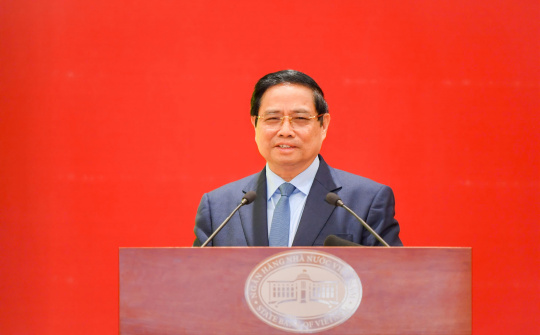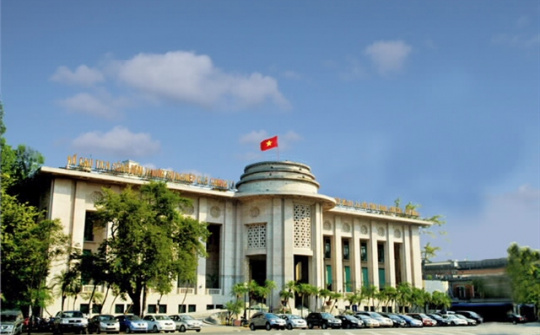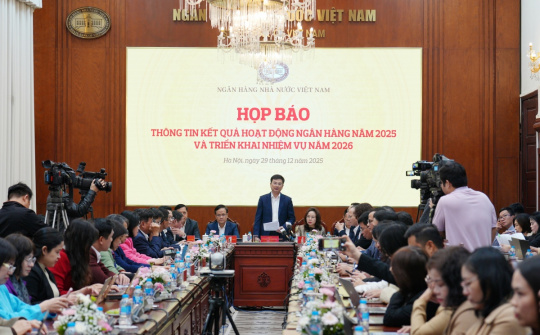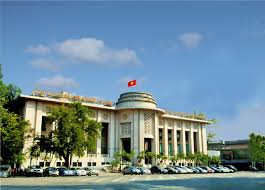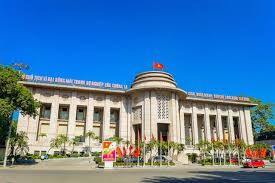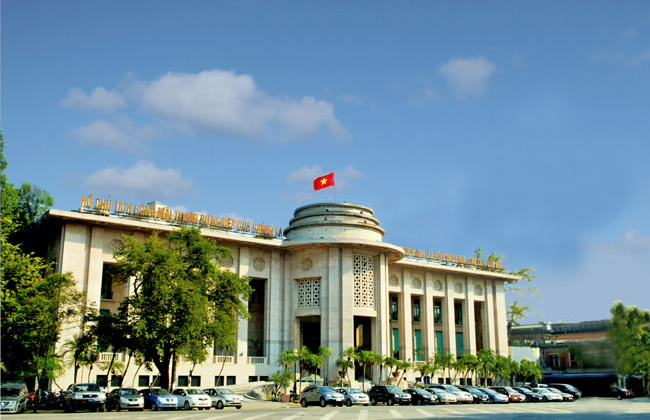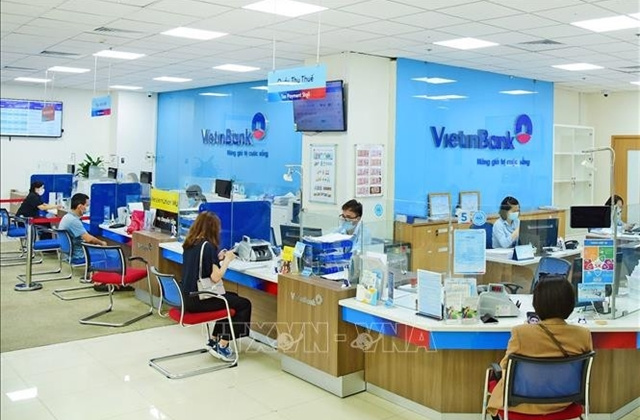Hanoi, Vietnam – July 8, 2025 – The State Bank of Vietnam (SBV) today announced the preliminary results of its monetary policy management and banking operations for the first six months of 2025, highlighting its proactive and flexible approach amidst a challenging global economic landscape. Despite global economic slowdowns, rapidly shifting tariff policies, and heightened geopolitical tensions, the SBV has successfully contributed to promoting economic growth while maintaining macroeconomic stability and controlling inflation.

"The first half of 2025 presented a complex global economic environment, marked by significant uncertainties including new trade barriers and evolving geopolitical dynamics," stated a representative from the State Bank of Vietnam. "Even as global inflation shows signs of cooling, the potential for resurgence remains a key concern. In this context, the SBV has meticulously monitored domestic and international market developments to ensure our monetary policy is agile, effective, and closely coordinated with fiscal and other macroeconomic policies. Our priority remains to vigorously promote economic growth, aiming for 8% or more in 2025, while safeguarding macroeconomic stability and managing inflation."
Key Highlights of Monetary Policy Management:
-
Interest Rate Stability: The SBV has maintained its operating interest rates to ensure credit institutions (CIs) have access to low-cost capital. This strategy aims to support the economy by encouraging CIs to reduce lending rates through cost optimization, increased technology adoption, and digital transformation initiatives.
-
Exchange Rate Resilience: Faced with an unpredictable international environment, the SBV has flexibly managed exchange rates and effectively utilized monetary policy tools to stabilize the foreign exchange market. This has ensured smooth operations, met legitimate foreign exchange demands promptly, and allowed the Vietnamese Dong (VND) exchange rate to fluctuate flexibly in line with market conditions.
-
Targeted Credit Growth: In alignment with the National Assembly and Government's economic growth and inflation targets, the SBV has set a projected credit growth target of approximately 16% for the entire system in 2025, with flexibility for adjustments based on actual developments. All credit growth targets were assigned to banks transparently at the beginning of the year. The SBV has consistently directed CIs to prioritize credit for production, business, and key economic growth drivers, while strictly controlling lending to high-risk sectors and facilitating broader access to credit capital for customers.
-
Significant Credit Programs: The banking industry actively implemented several key credit programs, including:
-
A VND 145,000 billion program for social housing, workers' housing, and old apartment renovation.
-
A VND 500,000 billion credit program for infrastructure and digital technology investments, supporting critical national projects in transportation, electricity, and digital technology.
-
An expanded VND 100,000 billion lending program for the agriculture, forestry, and fishery sectors.
-
-
-
Strong Credit Performance: By June 30, 2025, total economic credit reached over VND 17.2 million billion, marking a robust 9.9% increase compared to the end of 2024. This growth was strategically focused on priority sectors, production, and business activities.
Advancing Digital Banking and System Restructuring:
-
Payment and Digital Transformation: The SBV continues to refine policies on non-cash payments (NCP) to establish a comprehensive legal framework for NCP development, promote digital banking, integrate new technologies, and ensure the security of payment activities. Significant investments have been made in upgrading banking digital infrastructure, yielding positive results in NCP and digital banking transformation. The banking sector also maintains close coordination with the Ministry of Public Security on Project 06 and Coordination Plan No. 01/KHPH-BCA-NHNN, contributing to the nation's digital economy, society, and government goals.
-
Credit Institution Restructuring and Bad Debt Resolution: The vigorous restructuring of credit institutions, coupled with proactive bad debt handling, has contributed significantly to maintaining system stability and safety. Management capabilities of CIs are being enhanced towards international standards, with a strong focus on resolving existing bad debts and preventing new ones. The recent passage of the Law amending and supplementing a number of articles of the Law on Credit Institutions by the 15th National Assembly (9th session) legalizes provisions from Resolution No. 42/2017/QH14 on piloting bad debt settlement. This legislative enhancement provides a more cohesive legal framework, enabling CIs and debt resolution organizations to effectively exercise their legal rights in managing bad debt and collateral.
These concerted efforts underscore the SBV's commitment to fostering a stable, robust, and digitally advanced banking system that actively supports Vietnam's economic growth targets amidst a dynamic global environment.
SBV/VNBA News


